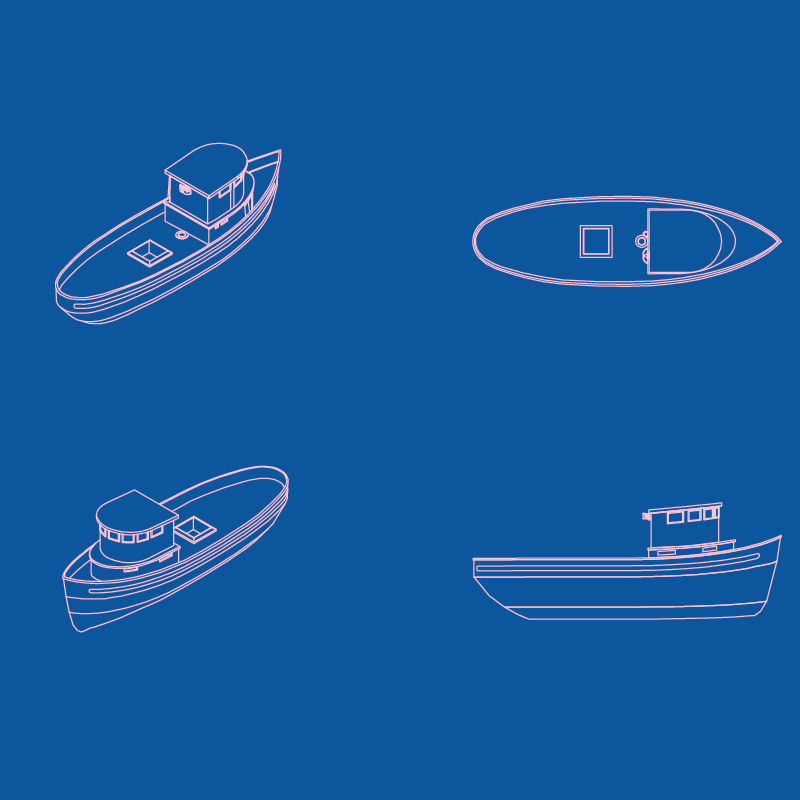

The fundamental motive for this thesis project was the European Directive 6.1.10, which was about the permanent pause of the fishing activities in the Aegean Sea and the destruction of the fishing boats. The main goal is to acknowledge the importance of the preservation of the wooden boats on the sea waters of the country, and to mention the impact that comes from their presence in each local society. Moreover, it is crucial to maintain the traditional dockyard of Koufonissi, which is now under the supervision of the local fishermen, who are doing their boat maintenances by themselves. To achieve these goals, we suggest the creation of workshops, which will be counting on the crafting skills that those fishermen have developed the past years, changing, also, the use of the boat accordingly. The case study that we examine here as workshops is the collection of plastic waste from the islands of Naxos and Lesser Cyclades Municipality, aiming to recycle them in the specifically formed spaces of the site. Thus, through this procedure, we witness the change of the use of the traditional boats and, also, of the fishermen. However, what stand still are the dockyard and the sea network.
Supervisor: Lykourioti Iris
Reference Number: 823
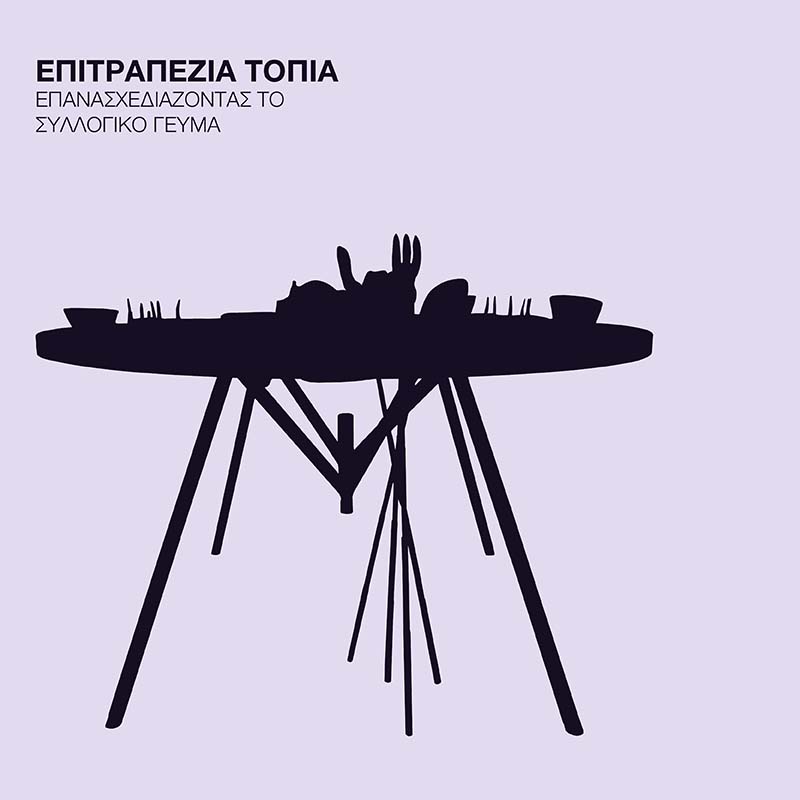

In the present thesis, the practices of eating are studied as a daily performance but also as sources of a complex pleasure which exceeds the simple coverage of a biological need and becomes a field of individual and collective search. In the context of this approach, at the same time I locate the points that wear out and distort this complex pleasure that can one result from a meal. From boredom due to repeatability, to the over-interest of a generation that creates global trends, such as #foodporn, food and lunch seem to be losing more and more substance and end up being side effects that simply accompany other activities.
Striving to respond to thisscenario, I get inspiration from the rituals of ancient Greek symposiums and the traditional taverns -tsipouradika- of Volos, as practices of extraordinary meals that evolve in socialization processes, and they highlight in the most obvious way the relationship that food has with pleasure and the pursuit of hapiness. I finally decide to set up and have my own collective mealto which I want to give similar qualities. At this meal, as with most meals, the place and the main axis around which all the food-related activities take place,is the table,which becomes the central design and then construction element of my thesis.The table, as the original and archetypal place of fulfillment of need and desire, now becomes a place of transcendence.
Starting with the simple idea of a common table, I later insert“parasites” that will infect the initially pure look of the object.These parasites are inspired by the concepts of co-nutrition, sharing, caring and the awakening of senses and they create a condition of collective eating in which, the way one eats, the means by which one eats, even the body itself and the way it exists around the table and opposite or next to each other, are reconsidered.The object I design and actually end up constructing, is completed only with its individual elements, the parasites, and it reminds more of a scenographic element, than an executive tool of everyday life.I call this object sofrá - a name borrowed from a traditional table that has its roots in the east -and my intention is to make it a place of symbolic actions and theories that seek individual freedom and collective happiness·a place where food and drink feed first of all, the hungry for happiness, human soul.
Supervisors: Gavrilou Evelyn, Kotionis Zissis
Reference Number: 819
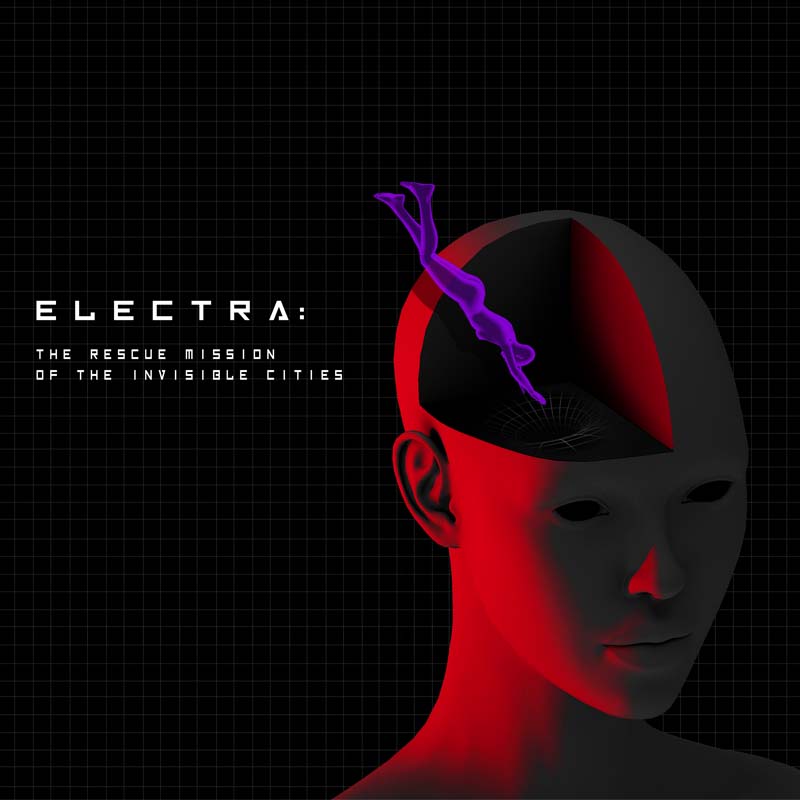

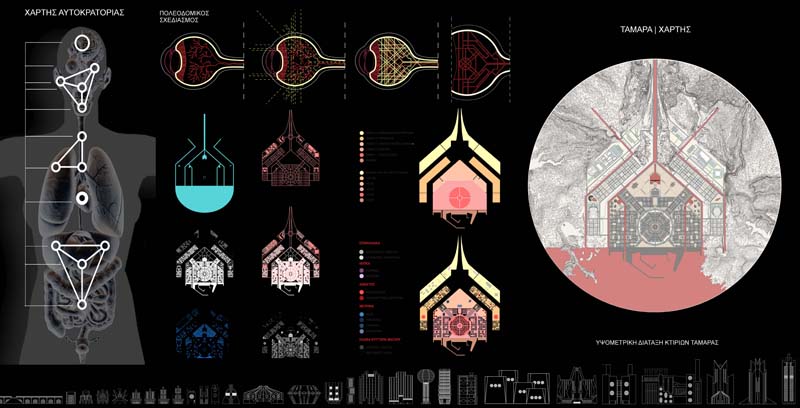

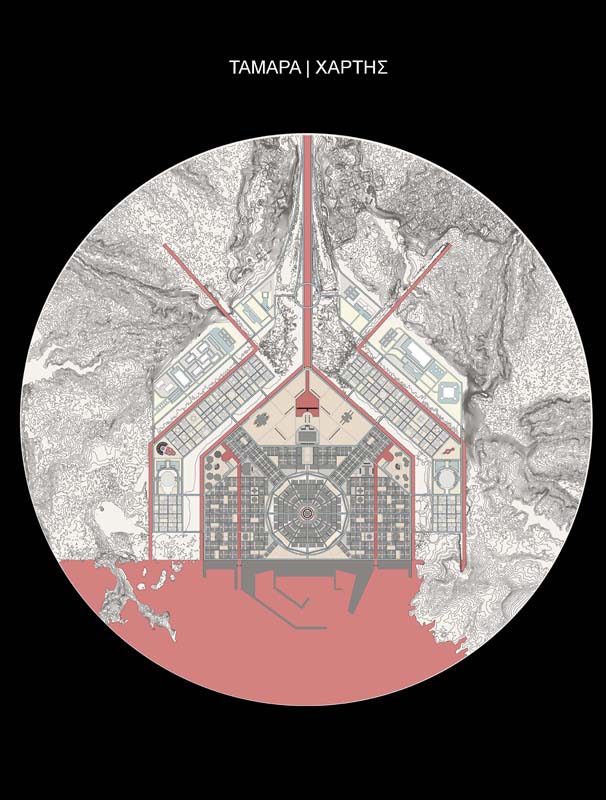

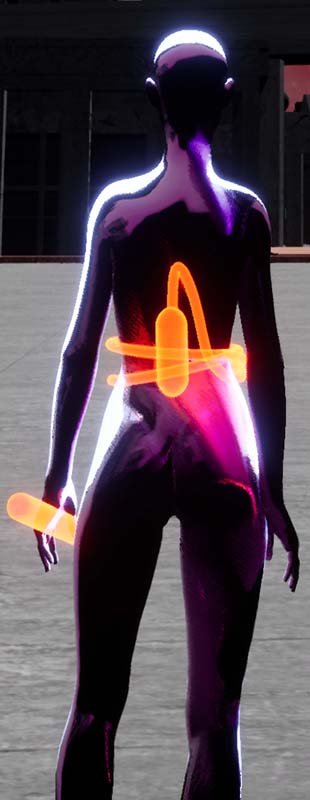

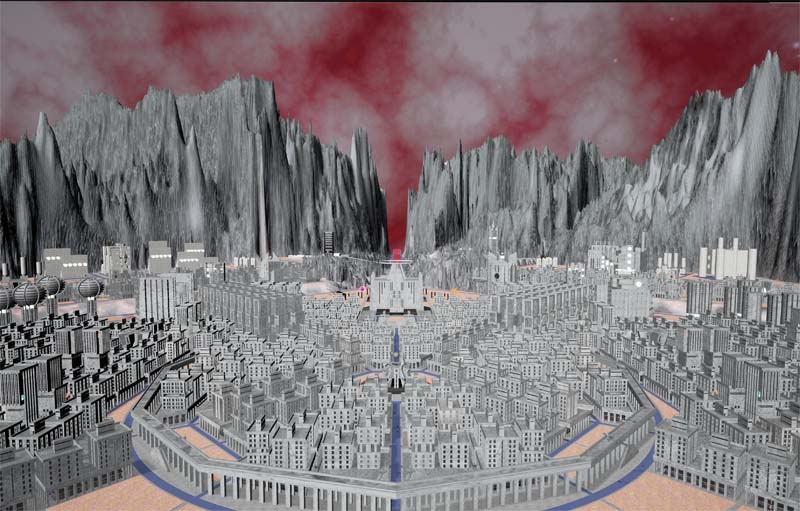

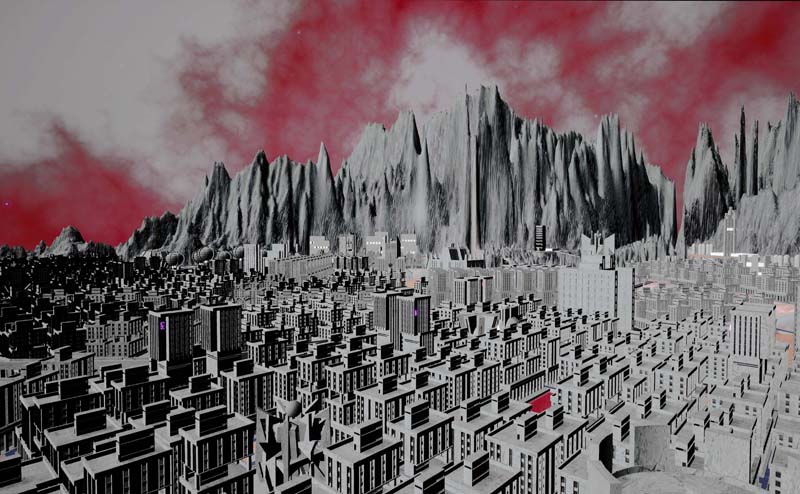

In this dissertation we rely on the literary work of Italo Calvino, ‘Invisible Cities’, attempting an interpretation of his world from our perspective, through a video game. Our goal is both to portray this world and to roam and interact within it.
The empire of Calvino's cities is transferred into a human organism that is mapped out. Its constituent bodies form the urban centers. Their anatomies create their design, the arteries become rivers and seas, the veins turn into roads, the cells into buildings. While the visible elements of a city are easily traceable, the invisible ones can only be discovered by a wanderer. The design of our own empire's cities is followed by our willingness to introduce this wanderer into them, so that he can explore and experience them, as well as interact with their environment.
In the game we have created, the organism that hosts the invisible cities gets sick of a virus that infects them, eliminating its buildings. Their complete disappearance implies the necrosis of every city-organ and, therefore, of the whole organism. A nanobot [ELECTRA] is inserted into the diseased body in order to destroy the virus and save the body. She takes on the role of M. Polo as an explorer, but this time in a female form, in honor of all the references that have been made by Calvino to the female gender.
Man is exiled to the empire of the body in which he resides. As an emperor, he knows that it will be destroyed, although he has not been able to explore it. His greatest fear is time, which - like a disease - attacks the states of his body, one by one.
Supervisor: Papadopoulos Spiros
Reference Number: 844


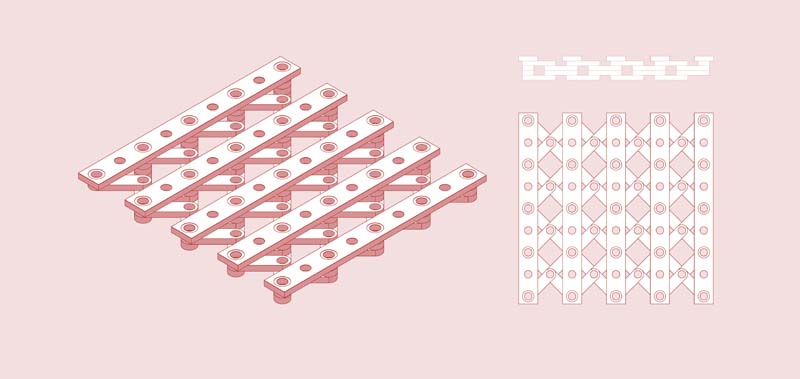



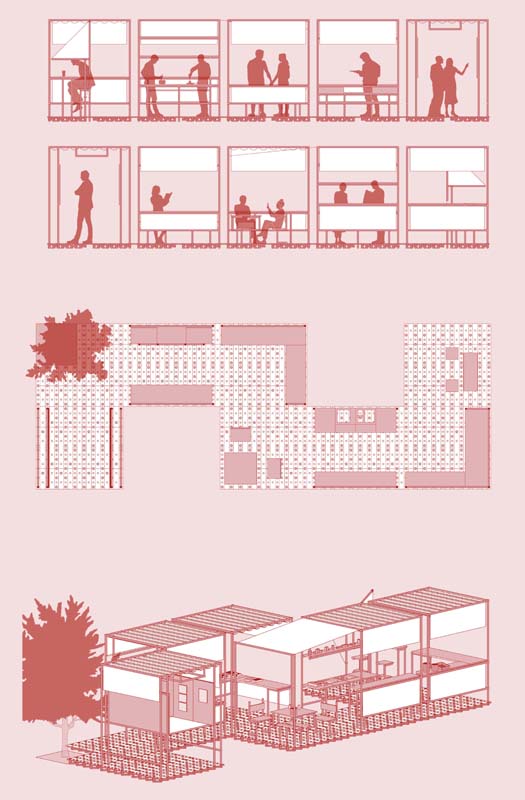

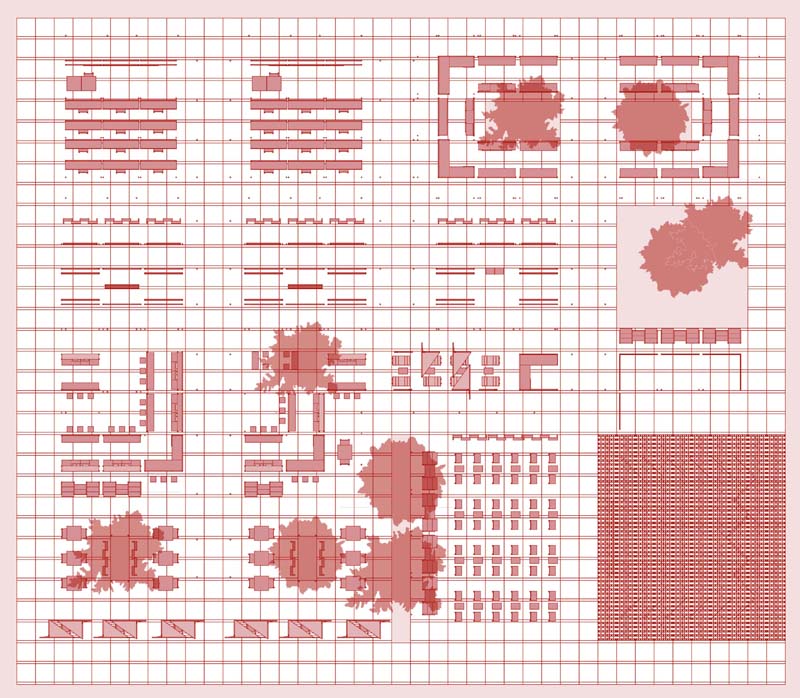

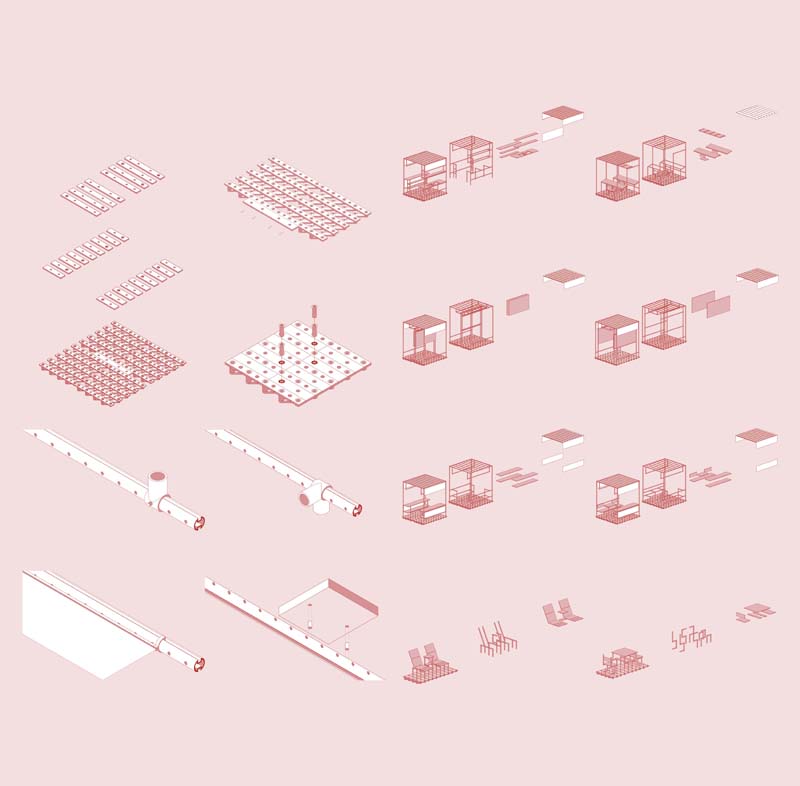

The present thesis project concerns the design of versatile multiform objects which, within the boundaries of an encompassing system, are able through their combination with each other to produce functional structures. The goal of this project is to cover some of the needs for open-air (and more) installations which concern activities taking place mostly during the summer months. Beginning from the very basic components of the system, this project will tackle increasingly complex results that can be assembled, by laying out the respective designs.
Supervisor: Psychoulis Alexandros
Reference Number: 838
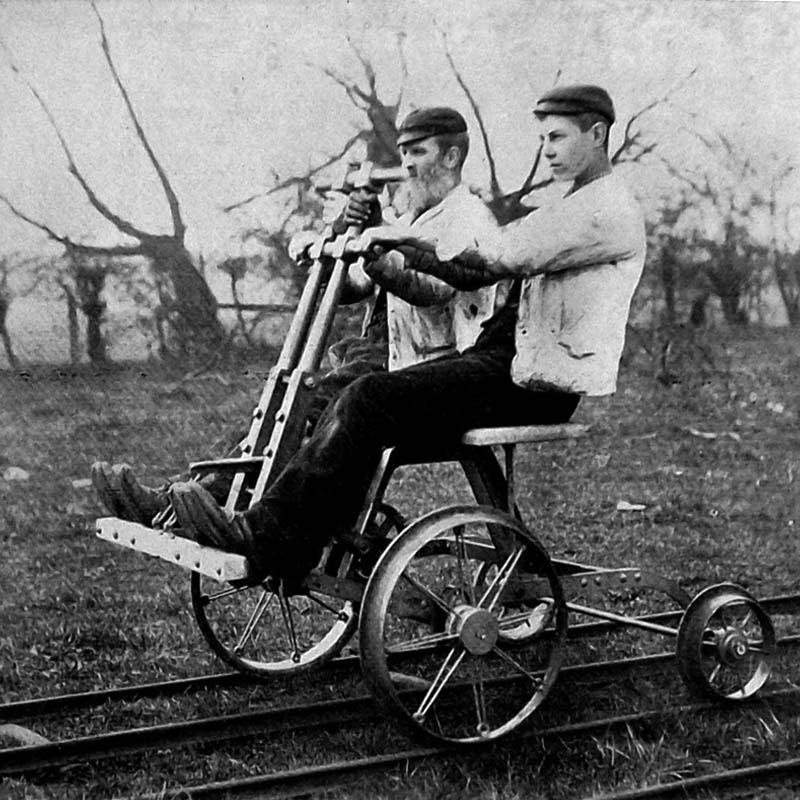

The impetus for this dissertation was my research work named "Echidnas of the Pedestrian Area: the Female Wandering Flâneries". The main theme of the work was the wandering figure of the female sex, the flâneuse *, and the dangers-stimuli (hence the term echidna) presented by her roaming. The flâneuse figure, according to one of the conclusions of the work, embodies the model of the wandering woman, who carries out a series of walkabouts that act as creative stimuli for her. Embodying myself the role of the flâneuse, I made a series of wanderings in the cities of Thessaloniki and Volos and the stimuli of these wanderings were recorded through the photographic lenses. Although the photographic material came from different geographical areas, it had some similarities in terms of its content: the "cemeteries". This peculiar type of cemetery connects my previous work with the present one, which focuses on train cemeteries.
These cemeteries, which are indefinite in terms of size and extent, are scattered throughout the geographical area of Greece, creating urban gaps, discontinuities, frozen shells and leaving a large chapter of Greek industrial history at the mercy of time and their occasional visitors. During the investigation, the railway network was examined as a sum of subnets consisting of points-stops connecting different places with each other through a route and the individual sections have characteristics of the area to which they belong. Therefore, the railway network was examined as a system that comes in contact with different places, customs and traditions, whilst emphasis was laid on maintaining the network's identity and detecting the traditional boundaries of railway architecture (this concerns the architectural structure of the railway network itself as well as the infrastructure and roadbed system that supports it).
The active and inactive network, the use and non-use, sparked thought and set goals. More specifically, the aim was to find the elements that make the railway network dysfunctional, to present its strengths that can be exploited, and finally to submit a proposal that will revive the railway heritage by providing new growth prospects and a strategic return.
* Flâneuse = A term derived from the corresponding male figure flâneur, introduced by the French intellectual Charles Baudelaire.
Supervisors: Gavrilou Evelyn, Psychoulis Alexandros
Reference Number: 814
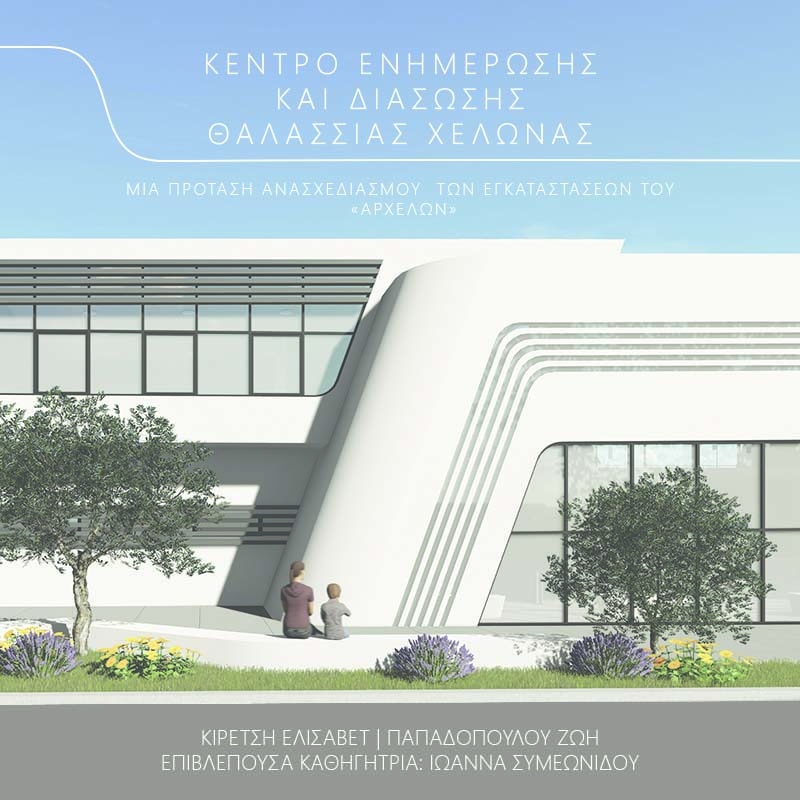

The International Union for Conservation of Nature (IUCN) has identified 6 of the 7 species of sea turtles as endangered. Out of all species, 3 are regularly found in Mediterranean waters with the Caretta Caretta turtle being one of the most emblematic species of the Greek seas as most beaches that are responsible for its reproduction are to be found in Greece (ARCHELON, 2020). The main threats sea turtles face in Greece are the ecological degradation of the ecosystems, the trapping due to fishing gear, the injuries from speedboats and the deliberate killing of fishermen (WWF, 2020).
The Sea Turtle Rescue Center has been operating since 1994 in Glyfada, Attica and was founded by the non-profit organization for the Protection of the Sea Turtle «ARCHELON», with the support of the Municipality of Glyfada and the Ministry of Environment. Most of the infrastructure of the Center is housed in old train wagons provided by the Hellenic Railways Organization (OSE) and in outdoor or semi-outdoor constructions, resulting in inadequate service due to the stature of the current facilities. The difficulties are mainly related to operational issues, most importantly the lack of full housing in an enclosed space protected from external factors. Moreover, the different altitude level of the wagons in relation to the ground as well as the need to create some additional usable spaces are some of the other difficulties.
The current thesis project negotiates the presentation of a proposal for the redesign of the «ARCHELON» facilities. The proposal concerns the design of a building that will emphasize its role as the only Sea Turtle Rescue Center in Greece and at the same time one of the most important in the Mediterranean. Furthermore, these new facilities, redesigned based on the needs and difficulties of the existing ones, aim to upgrade the facilities for treatments and care of the sea turtles, facilitate the work of volunteers and strengthen the information and awareness of the public through interactive spaces that help in understanding the work of the Center and finally emphasize the importance of donations.
Supervisor: Symeonidou Ioanna
Reference Number: 821
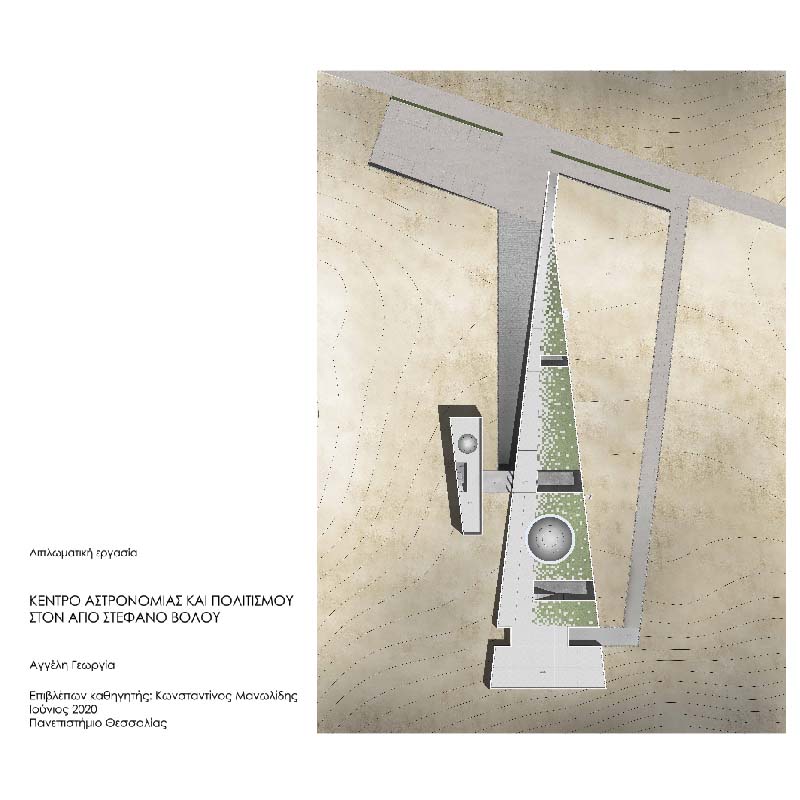

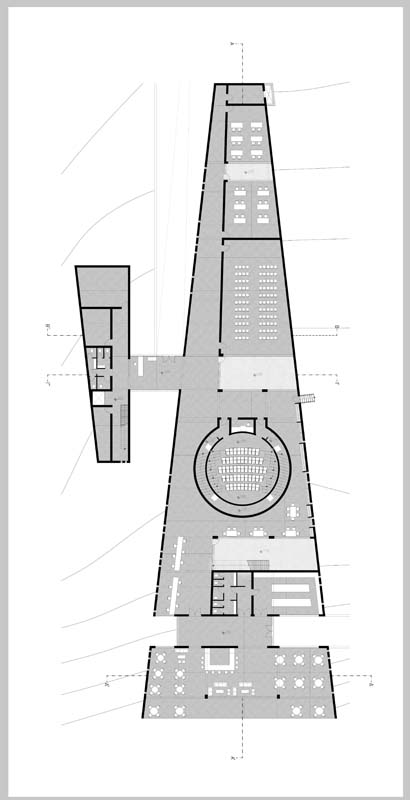

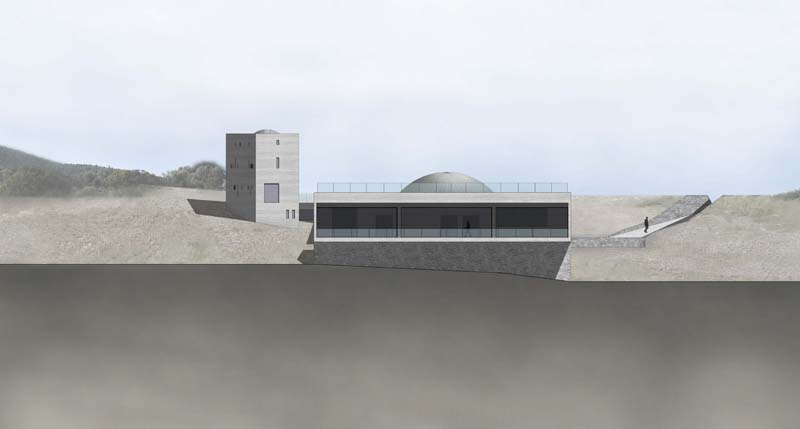







The existing thesis is about the design of an educational Center of Astronomy and Culture in Agios Srefanos, Volos.
Since ancient times, astronomy had a major role in people’s life and in culture’s evolution. Building a center of astronomy and culture is a need of our era.
The aim of this project is the creation of a building which could be used for lessons and other projects for the astronomy team and also any other act such as conferences, student competitions etc. All of them will aim at students and general population’s introduction to the science of Astronomy and Astrophysics and Space science.
Moreover, the building could be used for cultural purpose for the residents of Agios Stefanos which is an area partly cut off from the city of Volos. In the building’s rooms could be organized lessons for children of all ages. They also could be used as a place for children to gather at their spare time and as a studying space and a library.
The specific location has been selected because it offers excellent criteria for observation, also it is close to the city of Volos and the highway. At the same time, the location because of its natural beauty attracts people for recreation.
Supervisor: Manolidis Kostas
Reference Number: 802

